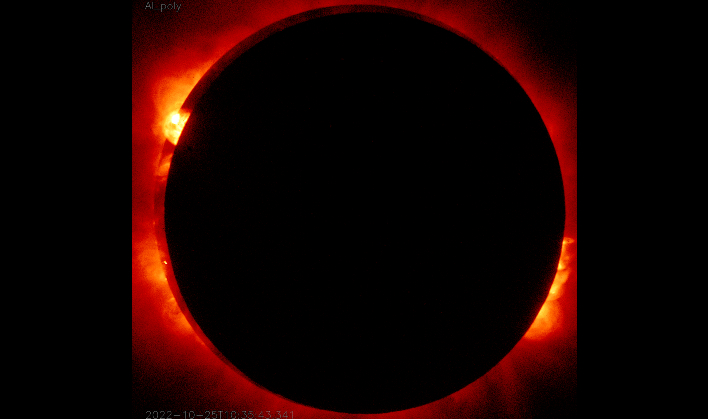NASA's Video Shows A Stunning Ring Of Fire Eclipse As Seen From An X-Ray Telescope

Solar eclipses are some of the most fascinating and stunning occurrences here on Earth. People will stop what they are doing, put on a pair of special glasses, and stare up at the sky as the Moon passes in front of the Sun. While the event is awe-inspiring for onlookers here on Earth, imagine viewing the spectacular experience from space. Well, back on October 25th of this year, Hinode did just that using its X-ray Telescope to capture amazing images as the Moon eclipsed the Sun.

Hinode is an international mission focused on studying the Sun. The spacecraft is examining the magnetic fields of the Sun in an attempt to better understand what produces the solar atmosphere, and ultimately drives solar eruptions. It is the first spacecraft to measure the strength and direction of the Sun's magnetic field on the Sun's surface, known as the photosphere, according to NASA.
Hinode utilizes its Solar Optical Telescope, along with two other instruments, to help scientists here on Earth gain a better understanding of what causes eruptions in the solar atmosphere. In turn, scientists look to "relate those eruptions to the intense heating of the corona and the mechanisms that drive the constant outflow of solar radiation, the solar wind," according to NASA.
The spacecraft is in a Sun-synchronous orbit around Earth. Hinode's orbital path allows it to maintain a constant view of the Sun continuously for nine months at a time. It was launched aboard a Japanese M-V rocket from Kagoshima, Japan, in September of 2006.

